Windows telemetry collects user data to improve system performance and security, but users can manage their privacy settings to limit data sharing and control app permissions effectively.
Windows telemetry might seem like a technical term, but it significantly impacts your daily computer experience. Are you aware of what data is being collected?
Understanding Windows telemetry mechanics
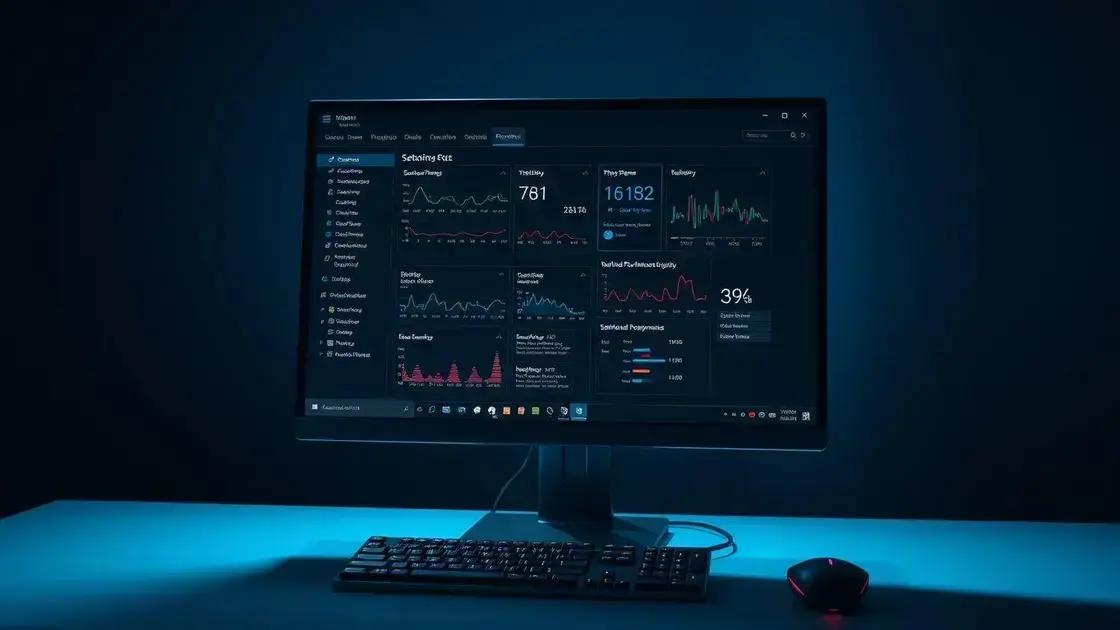
Understanding Windows telemetry mechanics is essential for users who want to grasp how data collection works. Windows telemetry collects operational data from your device to improve performance and user experience.
What is Windows Telemetry?
Windows telemetry refers to the automatic collection of diagnostic and usage data from your device. This data helps Microsoft provide updates, improve features, and enhance security. The data collected can include system performance, application failures, and more.
How Data is Collected
Telemetry data is gathered through various processes running in the background. This includes error reporting and user activity tracking. It’s important to note that some telemetry is necessary for system updates and stability.
Data Types Collected
Windows gathers different types of data, including:
- Device health information
- Application compatibility data
- Performance metrics
This data helps identify issues and improve the overall functionality of Windows.
User Control Over Telemetry
Users can manage their telemetry settings by navigating to the Privacy section in Windows Settings. Here, you can adjust what data is shared with Microsoft.
The Role of Feedback
User feedback is an integral part of the telemetry process. It enables Microsoft to make informed decisions about updates and system improvements. Participating in feedback programs can enhance your experience and ensure your concerns are addressed.
Data types collected by Windows
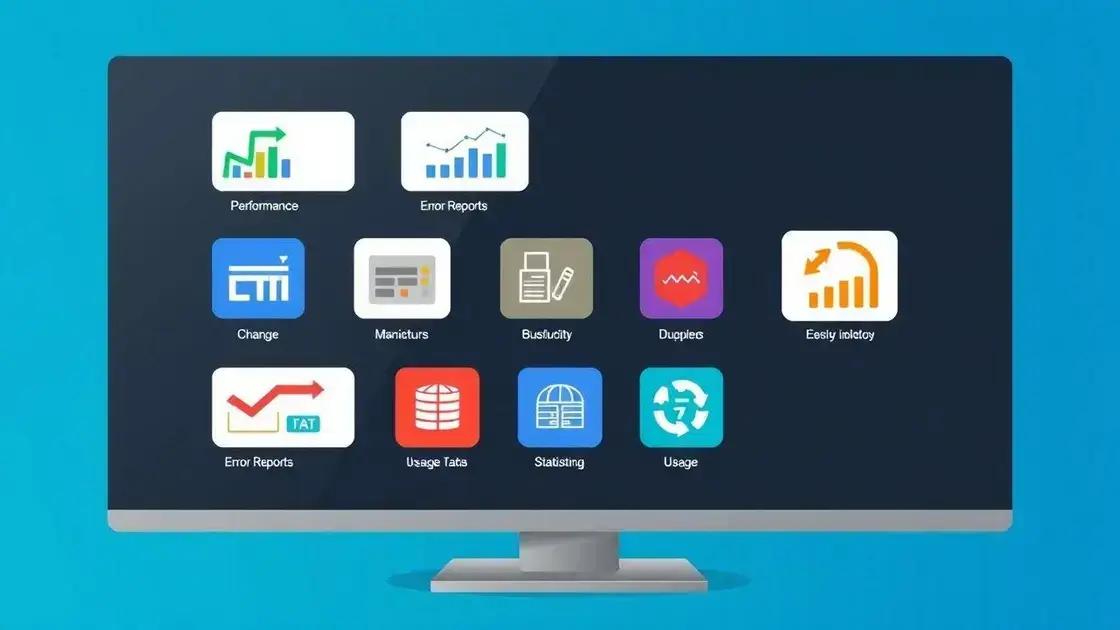
Windows collects various data types to enhance user experience and improve system performance. Understanding what data is gathered can help users make informed decisions about their privacy.
Types of Data Collected
The data collected by Windows includes:
- Device health data: This includes information about the device’s performance and functionality.
- Diagnostic data: This type of data helps identify issues and contributes to troubleshooting.
- Usage data: Windows tracks how applications and features are used to inform development and updates.
- Error reports: These reports provide insights into system crashes and application failures.
- Location data: When enabled, Windows can collect location data to enhance services based on your geographical location.
Importance of Data Collection
Collecting data is essential for improving system security, providing timely updates, and offering better support. It allows Windows to understand user behavior and make informed improvements.
User Control Over Data
Users can choose what types of data to share by adjusting settings in the Privacy section of Windows. This allows for a tailored experience that aligns with personal privacy preferences.
Transparency and Trust
Understanding the types of data collected fosters a sense of transparency. Microsoft aims to build trust with users by being clear about data handling practices.
How Windows uses your data
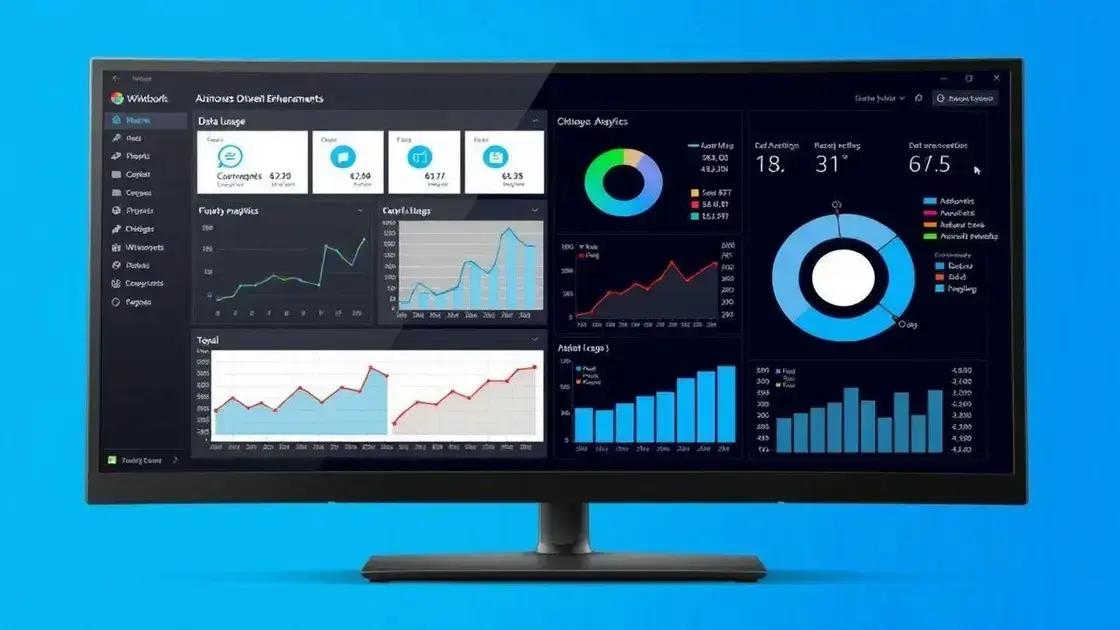
Understanding how Windows uses your data is crucial for users who want to take control of their privacy. Windows collects data to enhance user experience and improve system functionality.
System Performance Improvements
Windows uses data to identify and fix performance issues. By analyzing usage patterns, it can optimize resource allocation, leading to a smoother user experience.
Feature Development
Data collected allows Microsoft to understand what features users value the most. This information guides them in developing and updating applications and services that meet user needs.
Security Enhancements
Data helps in identifying vulnerabilities within the system. By gathering information about potential threats, Windows can implement security patches and updates promptly, keeping users safer.
Personalization of Services
Windows uses data to personalize experiences for users. Recommendations based on usage patterns can help users find apps and services that suit their preferences better.
Feedback Loop for Improvements
User data creates a feedback loop, where continuous data collection leads to ongoing improvements in the system. Microsoft uses this data to refine features and ensure better usability.
Steps to enhance your privacy settings

Enhancing your privacy settings in Windows is crucial for protecting your personal data. Follow these simple steps to ensure your information remains secure.
Access Privacy Settings
To begin, go to the Start Menu and select Settings. From there, click on Privacy. This section is where you can manage all your privacy-related options.
Manage Data Sharing
In the Privacy settings, you will see options for Activity History. You can toggle the setting off if you do not want Windows to collect your usage data. This will help minimize the amount of information shared with Microsoft.
App Permissions
Scroll through the list of App permissions, including Camera, Microphone, and Location. Change permissions based on your comfort level. Disable access for apps that do not need it.
Diagnostic Data Settings
Next, modify the Diagnostic & feedback section. You have the option to choose between Basic and Full diagnostic data. Selecting Basic limits the data shared with Microsoft.
Turn Off Personalization Features
You can also limit personalized ads and suggestions. Go to Personalization settings and turn off options that share your personal data for advertising purposes.
By following these steps, you can enhance your privacy on Windows and feel more secure while using your device.
Alternatives to Windows for privacy-conscious users

For privacy-conscious users, there are several alternatives to Windows that prioritize data protection and offer enhanced security features.
Linux
Linux is an open-source operating system that provides great control over your system and privacy. Distros like Ubuntu and Fedora come with built-in tools to manage permissions and data sharing effectively.
MacOS
If you prefer a more user-friendly interface, MacOS offers robust privacy settings. With features like strong encryption and privacy controls, it provides a secure environment for users.
Open Source Options
There are also open-source alternatives like Manjaro or Linux Mint, which not only respect user privacy but also offer a wide range of customization options to suit individual needs.
Ready-made Privacy-focused OS
Consider privacy-focused operating systems like Tails or Qubes OS. These systems are designed for strong privacy and security, perfect for users who require anonymity and safe online browsing.
Virtual Machines
You can also explore running a privacy-focused distribution in a virtual machine on Windows. This allows you to use privacy-oriented tools without fully switching from your current system.
In summary, understanding Windows telemetry is key for users who value their privacy
Windows telemetry collects various data to improve user experience and system performance, but it also raises privacy concerns.
By taking control of your privacy settings, you can limit the amount of data shared and protect your personal information.
If you’re particularly privacy-conscious, consider alternatives to Windows, such as Linux or privacy-focused operating systems. These options provide strong privacy protections while still being user-friendly.
Ultimately, being informed about how your data is used and the choices you have can lead to a safer and more satisfying computing experience.
FAQ – Frequently Asked Questions about Windows Telemetry and Privacy
What is Windows telemetry?
Windows telemetry refers to the collection of data from your device to improve performance, security, and update features.
How can I manage my privacy settings in Windows?
You can manage your privacy settings by accessing the Privacy section in Settings, where you can adjust data sharing and app permissions.
What types of data does Windows collect?
Windows collects various data types including device health information, diagnostic data, usage data, and error reports.
Are there alternatives to Windows for those concerned about privacy?
Yes, alternatives like Linux, MacOS, and privacy-focused operating systems such as Tails and Qubes OS prioritize user privacy and offer strong data protection.
What are some steps I can take to enhance my privacy on Windows?
You can limit data sharing by managing app permissions, adjusting diagnostic data settings, and turning off personalization features.
Is it possible to run privacy-focused operating systems alongside Windows?
Yes, you can run privacy-focused operating systems in a virtual machine alongside Windows for added privacy without fully switching.

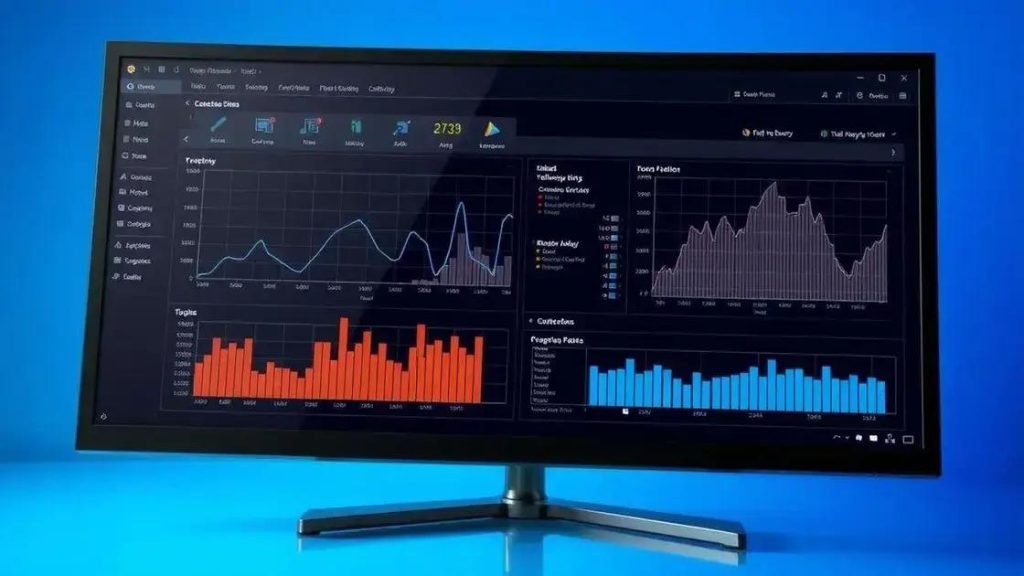
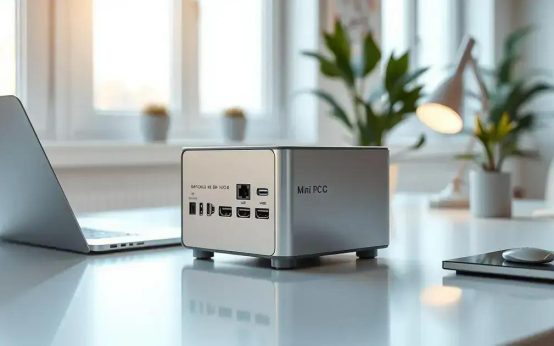 Mini PC: Unleash Powerful Performance in a Compact Design
Mini PC: Unleash Powerful Performance in a Compact Design  Windows update: avoid the taskbar nightmare and reboot loops
Windows update: avoid the taskbar nightmare and reboot loops 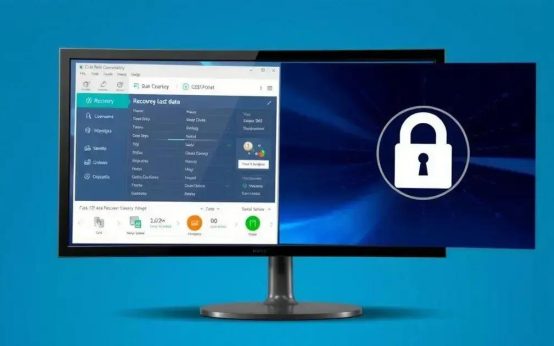 Data recovery: How to restore lost partitions easily
Data recovery: How to restore lost partitions easily